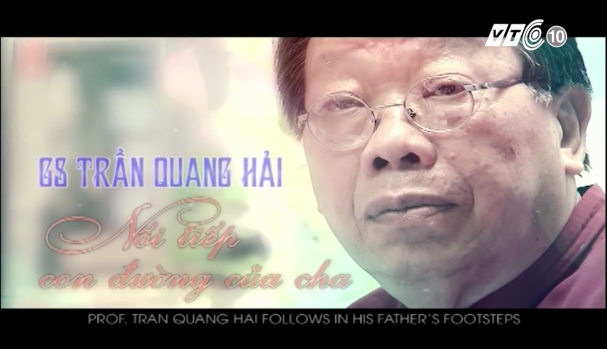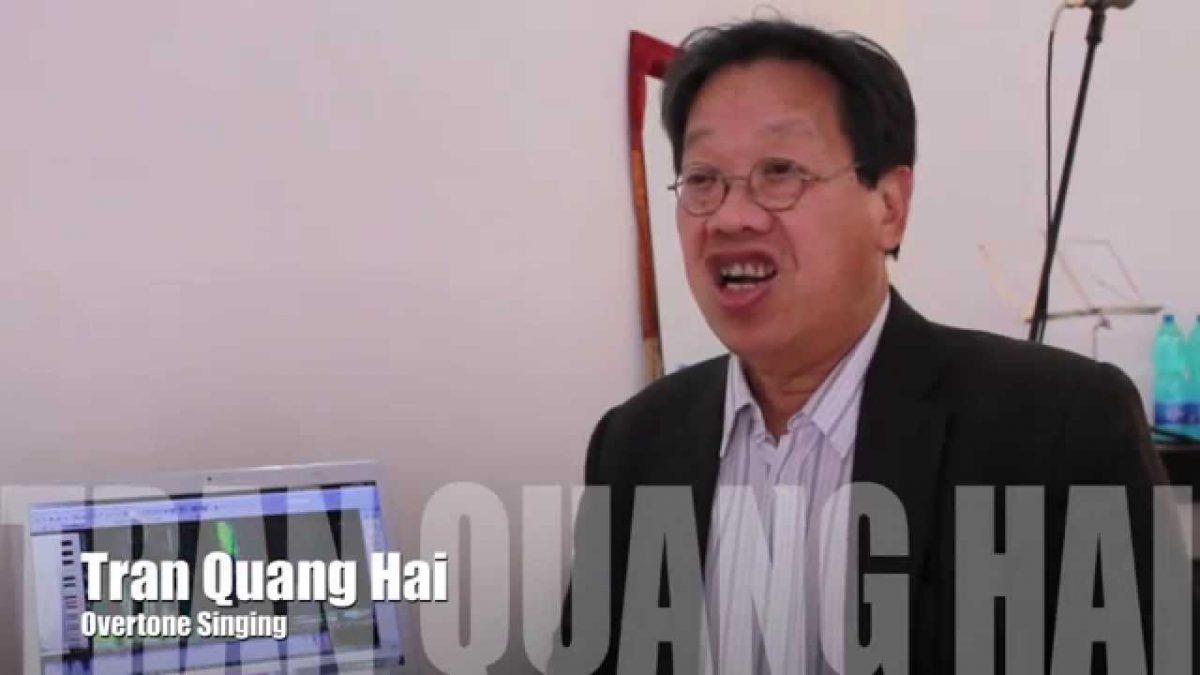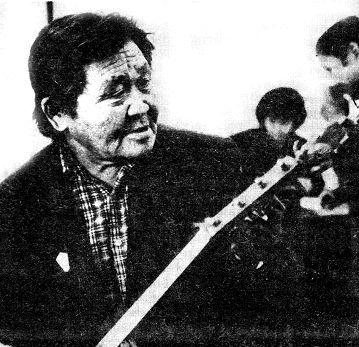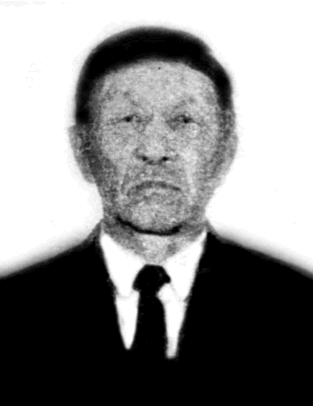| Regional Distribution of KHOREKTEER and its typology |
| Method of performance KHOREKTEER |
|
The method of khorekteer itself is the basis for all archaic styles and therefore each kind of melodic singing is unthinkable without introduction based on this method. |
| Other traditional methods of performance whichrequire special professional skills |
|
- Dumchuktaar – nasal performance
- Uyangylaar – performance in a doleful, pitiful manner
- Damyraktaar – imitation of the sounds of a brook
- Sirlennedyr tinkling
- Byrlannadyr – singing used for ornamentation of solo double-voice.
They exist together with other styles as sub-styles and differ by subtle technical traits in performance. They do not force these styles out and become an integral part enriching their structure. |
| Five styles are recognized in Tuvan solo double-voiced singing. |
|
These are five styles: khoomei, sygyt, kargyraa, ezengileer, and borbannadyr each of which include many sub-styles. |
|
|
| Style |
Resonance zone, drone |
Character of breathing |
Articulation |
Melody and musical-expressive specifics |
| Khoomei |
Middle register
F, F sharp, G can be sung with and without words, chest and mouth resonators |
Basic (khorekteer), smooth breathing |
=, \ |
Overtone melodic (8th-12th overtones) |
| Borbannadyr |
Lower or middle register, mouth or partially nose resonator |
Khorekteer, spasmodic rhythm, modulations, middle tension |
=, \ |
Without and with melodization |
| Sygyt |
High and tense |
Constricted breathing, very tense |
йо, й, йа can be alternated with text |
Overtone melodic (8th-12th overtones), song melodic with vibrato |
| Kargyraa |
Low guttural sound, the open mouth resonates |
Khorekteer, smooth breathing, open mouth, can be sung with text |
а, =, \, э open |
Drone with third turns, overtone melodic (6th-12th overtones, song melodic |
| Steppe kargyraa |
Low, open, chest, soft, velvet timbre. Outward resonator |
Very long breathing |
а, =, \, э open |
Overtone or song melodic (6th-12thg overtones) |
| Ezengileer |
Middle register, vibration with lips |
Smooth breathing, rhythmic pulsation as in ambling of a horse |
а, =, и, \, э, ю, я with vibration |
Quiet overtone melodic, high whistling timbre |
| Chylandyk |
F sharp, G, middle register, singing without words, mouth resonator |
Middle in length breathing |
=, \. |
Nasal long sound |
Folk terminology reflected the timbre of these styles, both as independent timbres and in comparison with other means of sound-extraction.
|
|
|
A bright sound, by its timbre, of a humming middle tessitura, is designated in tales khoomei.
Khooledir khoomeileerge cher sirgeini bergen, “during the humming of khoomei, the earth trembled”.
According to our observations the style khoomei can be considered an initial or basic style. Khoomeizhis of old and young generations say that khoomei is the father of a forefather of khorekteer. The majority of musicians prefer this style because of its relatively convenient sound-extraction in the middle register. Deep sounds of khoomei, especially in lower register, resemble the unison of oboe and clarinet.
In ergi khoomei (old khoomei), the basic ostinato sound is more deep than in the borbannadyr style and has a more expressed overtone melody.
The sounds in khoomei are executed with closed lips as pronouncing the consonant “v”. This style is intermediate in timbre between the sounds extracted by schalmeis and trumpets. It is mostly characterized by power, richness in tone, and melodiousness.
In Tuvan heroic tales throat singing appears as a firmly established musical phenomenon. For example, “a bogatyr (an epic hero) performs khoomei with the force of a thousand people, his singing makes the earth and the sky shudder, and brings mountain tops crashing down”. Though the power of this singing is exaggerated to the extreme, the storyteller describes the force of sound emission very accurately. In connection with this we should give a delicate remark of B.I. Tatarintsev who investigated the place and role of throat singing in Tuvan epics. He wrote: “The traveling hero’s throat singing is characterized by stock epithets of one type yndynnyg, yiangylyg, syrynnyg “doleful, plaintive, drawling” which, apparently, characterize the uneasy emotional state of a hero”. The researcher gives an example from a variant of a lyric tale about Khan-Khulyuk. After singing the hero’s “pining chest expands and his crowded thoughts broaden”. Thus, Tatarintsev was the first to note this function of throat singing: to pass time and make oneself comfortable on journey.
At first glance it seems that it is impossible to think about a more recent origin of the khoomei style in comparison to other styles because I find the same principle of articulation in all the styles in the framework of the given traditional musical culture. However, if we delve deeper into the nature of khoomei, with its ways of intonation, the assumption the recent origin of khoomei is well supported. The style of khoomei, which holds a transitional position between ordinary and double-voiced singing often performs a utilitarian function as a lullaby song in the special style opei khoomeii (lullaby khoomei). When performing this style the performer accompanies his singing by a rocking of his body from one side to another. The performer uses clavicular breathing. He sings the words by moving his lips slightly. The movements of his lips are intermediate between speaking and singing. While lulling a baby, the performer sings through his nose. There are scarcely any overtone melodies in his singing. Before people the performer sings loudly, with a great support of the diaphragm and with a distinct pressure of pectoral resonators while alone in the yurt, lulling a baby, the performer sings quietly. |
|
|
For the designation of a high timbre, there existed the term of sygyt
cyyrladyr cygyrtyrga kok deer ayazyp turgan “during the piercing singing of sygyt, the blue sky became clearer”.
In the sygyt style, overtones are produced in a high whistling timbre similar to that of the piccolo in the same register. The basic ostinato moves between the middle tones of the Great octave throughout the piece from la of the first octave to la of the third octave. In sygyt style the vowels are not articulated and the sounds, in contrast to those in other styles, are produced at an optimal strain of respiratory ways.
The main feature distinguishing sygyt from any other style is in the technique of sound extraction: the root of the tongue is moved forward and the melody is mostly produced by the vibration of the uvula and its approaching the soft palate. In sygyt style the uvula is the main organ which regulates the stream of air. Double voice usually appears in low and high registers simultaneously. When one voice is produced the overtones are absent. Typical of the sygyt style are melodies ascending to high pitch sounds. For example, in kishteer performed by Tumat Gennady, one can hear a glissando ascending an octave up from the 10th and 12th overtones of the 2nd basic ostinato note. Additional overtone sounds occur as a tremolo between two sounds which also differentiates the sygyt style from other styles. |
|
|
A low sound was designated among people as kargyraa
kaargyraalaarga khayaa dash kaanayndyr bustup badip turgan, “during the singing of kargyraa, the sheer cliffs vibrated, rumbled, and fell down”.
The folk performers divide this style in sub-styles by timbre and pitch. Khovu kargyraazy (steppe kargyraazy) has a higher, lighter and softer sound while a lower, louder sound characterizes kozhagar kargyraazy(mountain or cave kargyraazy). The main form of the kargyraa style is singing with a clear logical semantic connection of sounds. It is based on ornamented melodies of wide breath. Timbre contrast and register amplitude distinguish different sub-styles. Among these sub-styles khovu kargyraazy (steppe kargyraa) is one of the most popular sub-styles of kargyraa.
Khovu kargyraazy is characterized by drawling, soft, and broad sound. This style is performed to show the spaciousness of flat steppes and mountains. An introduction with text is usually sung. The basic ostinato sound is produced with a half-open mouth. Overtones alternates with vowels. One of the vowels а, э, =, \ corresponds to each overtone.
Dag kargyraazy (mountain kargyraa) is also popular. This style is more stern. It expresses the power of the mountains. The timbre is more dense, nasal, and dimly.
The third style is dumchuk kargyraazy (nasal kargyraa). A characteristic feature of this sub-style is a regular release of air with a sharp double inhalation and exhalation through the nose and mouth. The powerful vibration has a positive effect on performer’s lungs and body. According to my informants singing in this way makes it possible to relax and concentrate oneself spiritually. When singing, the performer does not feel any disharmony. The frequency range of the produced sound is quite wide. The sound is more velvet-like, and softer due to the use of nose resonator. This is a typical style of the traditional Mongun-Taiga performance school. |
|
|
The borbannadyr style is related to the khoomei style in respect to intonation. A melodious introduction using khorekteer is performed with the same position of lips (close to each other) as with the khoomei style. Timbre norm, intonization with falsetto inflection, narrow modal scale with short stable formulae, and ostinato strophe rhythm with ornamentation are common to these two styles.
The mechanism of sound extraction, especially acoustic manipulations, rather than the steady melodious turns characteristic of the khoomei style is a more important point in borbannadyr style. The coexistence of these two styles can be explained as a manifestation of the features of an early folk tradition which is characterized by an organic relationship of melodic expression. During a period of singing the tempo increases and the melody becomes more complex, descending by leaps from the twelfth to the seventh overtone, more rarely to the eighth overtone. The ostinato sound remains intact but its pitch occasionally oscillates within the three middle sounds of the Great octave.
Contrary to khoomei, the melodious phrase of which is performed within one breath, the borbannadyr style is always interrupted, with the process of breathing plays a lesser role for articulation. The performer of this style usually begins by reciting of the words of a song typical only to the borbannadyr style. Here is an example:
Bolur-daa bol, bolbas-daa bol Whether it comes out or itdoesn’t
Borbannadyp berein shumna I shall sing borbannadyr anyways
In rhythmical respect the tune is more schematic. This is the tendency of the schematization of the borbannadyr style that involves outward ostinato repetition of musical turn. Similarities in the techniques of the khoomei and borbannadyr styles makes it possible to pass from one style to another. In the khoomei style the lower voice stops on a sustained (ostinato) sound and the singer can select overtones (which create additional melody, melodious recitation with words of a song) from this sound while in the borbannadyr style the sound seems to throw away rolling sounds without words. The tune is based on an intonization approximate to onomatopoeia but this is, more likely, not a concrete but somewhat generalized imitation. Therefore, the melodies in khoomei style, by its very nature, are of a radically different kind of those in borbannadyr style. What’s more, if one compares the peculiarities of the timbres of styles of the above styles one can get additional idea of a concrete style too.
In ensemble performance of khoomei, kargyraa, and sygyt styles (except onomatopoeic – ezengileer and borbannadyr styles) the singers seek to keep to basic forms, producing only slight additional tones which are mostly ornamental. The style borbannadyr is traditionally sung individually. This makes it possible for a performer of this style to introduce some individual traits in the form of his rhythmical intonization. This style is among the main independent styles because it has its own structure, a separate mechanism of sound extraction, and a characteristic timbre coloring. The performance of this style does not require the use of other styles. With regards to its tessitura, register, rhythm, and structure of melodies, borbannadyr style represents quite an independent artistic phenomenon which can be optionally synthesized in order to decorate the melody of other styles. For example, there are synthesized styles such as borbannadyr of sygyt, borbannadyr of kargyraa, or borbannadyr of khoomei. |
|
|
Ezengileer also have their own peculiarities of rhythm, timbre, and intonation. Ezengileer represents an independent style of khorekteer. According to old people, ezengileer style has completely retained its meaning up to today.
The style itself, as assumed by some researchers, seems to be relatively recent in origin. The appearance of this style was possible not earlier than 1st millenium AD, that is, in the time when the appearance of stirrup in horse harness could have a perceptible influence upon Tuvan music.
It is believed that the ezengileer style was formed later than the sygyt style but, undoubtedly, it was formed on its basis and in a constant interaction.
If we compare ezengileer with sygyt it is not difficult to note that the performance of ezengileer differs from sygyt by its slow singing and distinct scancion. Another distinctive feature of the ezengileer style is the periodic release of air through the nose with a sharp double exhalation. The sound-formation of styles is preconditioned by aesthetic prerequisites, acoustic peculiarities of the means of sound extraction, and timber. The melodious introduction is absent in ezengileer style. Ezengileer style is represented a peculiar, independent phenomenon in function also and its performance is connected to horse riding. The timbre of this style is softer than that of the sygyt style. The overtone melodies appear usually on 8th, 9th, 11th, 12th, and 13th overtones from the low ostinato sound. |
|
|
In the kargyraa style alone one can count more that five common freely interchanged motifs: khovu kargyraazy (steppe kargyraa), kashpal kargyraazy (hill kargyraa), dag kargyraazy (mountain kargyraa), kozhagar kargyraazy (mound kargyraa), oidupaa kargyraazy (kargyraa of the singer Oidupaa) and so on. |
| KHOREKTEER |
| SYGYT |
KARGYRAA |
KHOOMEI |
BORBANNADYR |
EZENGILEER |
|
|
- KHOVU KARGYRAAZY
- DAG KARGYRAAZY
- DUMCHUK KARGYRAAZY
- OIDUPAA KARGYRAAZY
- BUGA KARGYRAAZY
- KASHPAL KARGYRAAZY
- KOZHAGAR KARGYRAAZY
|
- ERGI KHOOMEI
- BUGA KHOOMEI
- OPEI KHOOMEI
- DESPEN KHOOMEI
- KUMZATTAAR
- CHYLANDYK
SUBSTILES
- UYANGYLAAR
- DAMYRAKTAAT
- SIRLENNEDYR
- BYRLANADYR
|
|
|
|
| [up] http://www.khoomei.narod.ru/khorekteereng.html |





 A.V. Anokhin
A.V. Anokhin
 E.V. Guppius
E.V. Guppius
 A.N. Aksenov
A.N. Aksenov







